At the beginning of the year, Chinese company Xiaomi came out with a new top mobile phone with a Snapdragon 8 Gen 2 processor and a camera developed in collaboration with Leica. The Xiaomi 13 Pro had a lot to offer, but the price was high and compared to other smartphones in the same price range, the Chinese flagship model fell a little short.
Not least because the Xiaomi 13 Pro suffered from quite a few minor flaws and poor design decisions. The entire user interface was too ‘Chinese’ and full of bloatware, and the phone also had problems with overheating.
But true to tradition, Xiaomi has launched a cheaper successor, the Xiaomi 13T Pro, just over six months later, and we have to say that things have changed. The price has been significantly lowered and most of the problems of its predecessor have been solved. On top of that, without quite as many compromises as last year’s T-model, the Xiaomi 12T Pro, had to make to hit roughly the same price point.
The closest competitors in the same price range as the Xiaomi 13T Pro are the Motorola Edge 40 Pro and the OnePlus 11 5G. Both are excellent smartphones, so Xiaomi’s new phone has a lot to live up to.
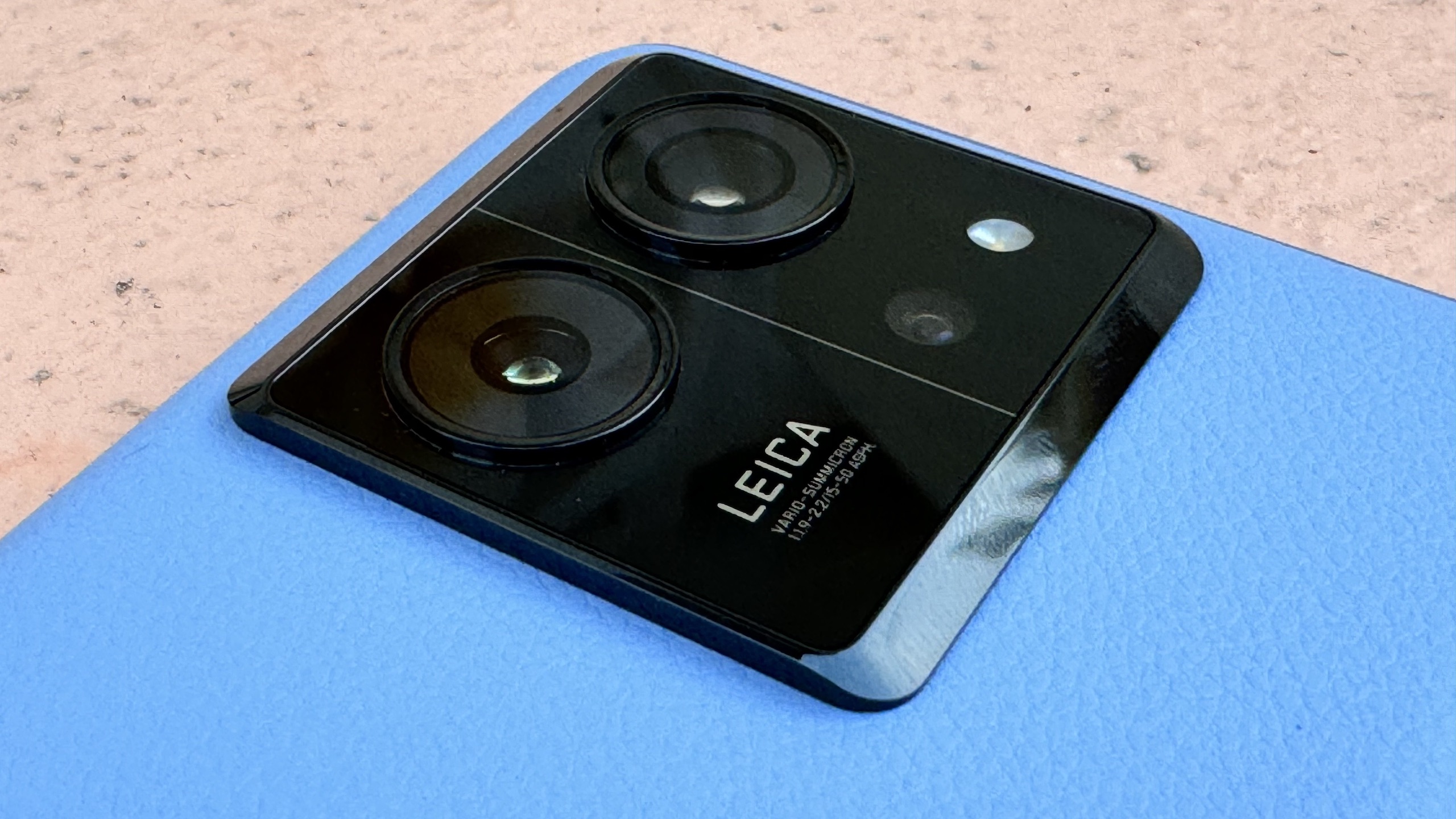
Appearance and construction
Starting with the exterior, the Xiaomi 13T Pro is not the most eye-catching smartphone we’ve seen. Like the Xiaomi 13 Pro, it’s quite chunky and the design is characterised by the massive camera module on the back. It takes up almost the entire top fifth of the back of the phone, but unlike before, some of the thickness of the module has been cut so that the phone can lie normally on a table without ‘tipping over’ because of the camera.
The Xiaomi 13T Pro is available in two versions with either a black glass back or blue vegan leather. Our test sample was the vegan leather model, which has a nubby texture that feels great in the hand and doesn’t collect fingerprints, so we’d highly recommend it. Because Xiaomi’s glass models tend to be so glossy that you can literally use your mobile phone as a hand mirror.
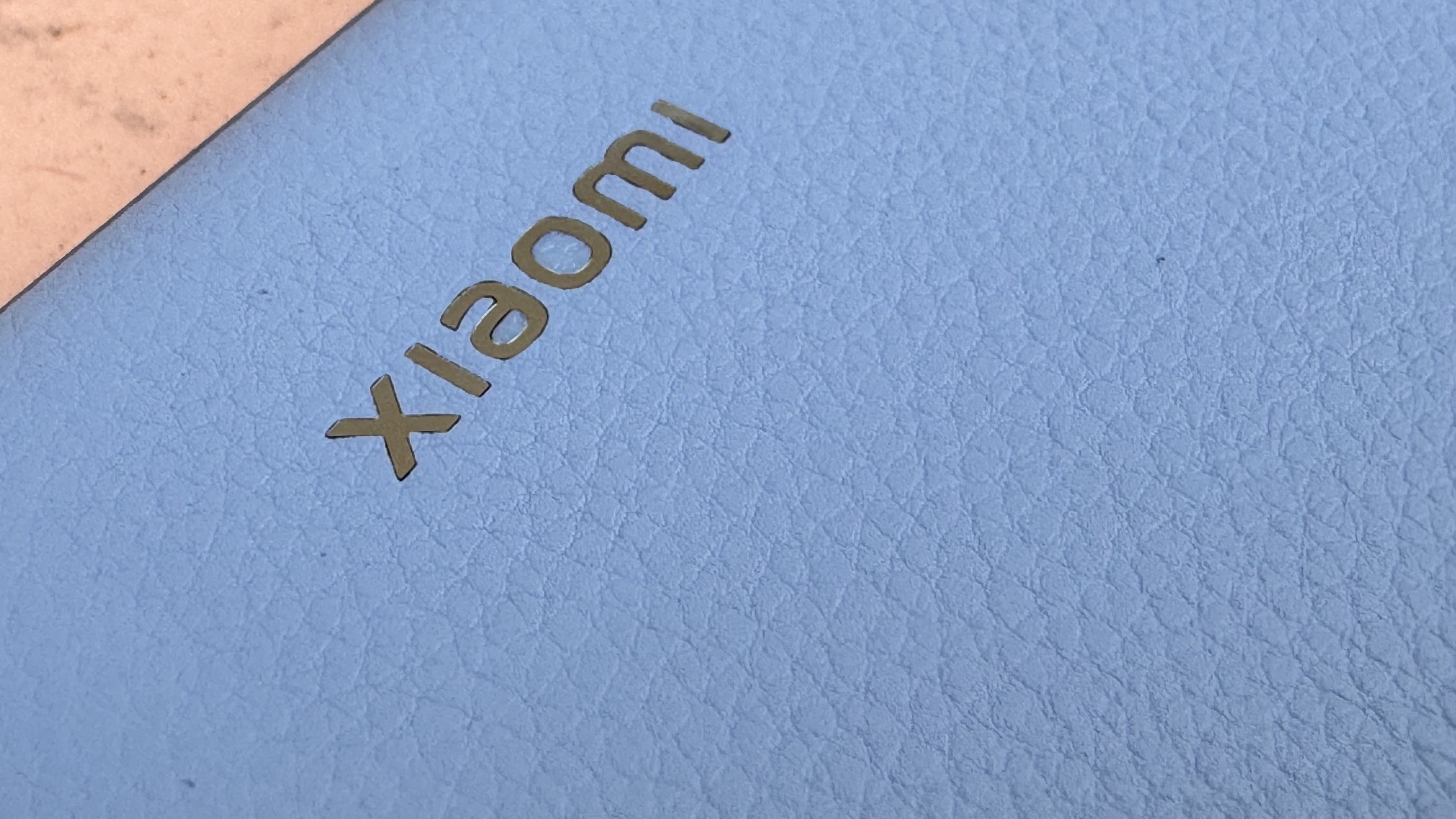
From the front, the Xiaomi 13T Pro is reminiscent of its predecessor from last winter. However, the display is made of Gorilla Glass 5 instead of Gorilla Glass Victus and is almost completely flat rather than slightly curved along the edges like its predecessor. Both the power and volume buttons are still conveniently located on the right side of the phone. The phone is virtually bezel-less and has the front camera built in as a punched hole in the screen.
Sometimes it's better to have the smartest mobile phone rather than merely the fastest.
Like the 13 Pro, the Xiaomi 13T Pro is IP68-certified, making it completely resistant to dust and can withstand being submerged in water for up to 30 minutes.
Display and sound
The Xiaomi 13T Pro has a 6.67-inch AMOLED display with FHD+ resolution (2,712 x 1,220), which corresponds to an image sharpness of 446 ppi. In addition, the display has a refresh rate of 144 Hz (which is an improvement over its predecessor and puts the 13T Pro on par with the Motorola Edge 40 Pro), HDR10+, Dolby Vision and a maximum brightness of 2,600 nits. The screen is therefore extremely bright and, due to the high pixel density, also razor-sharp.
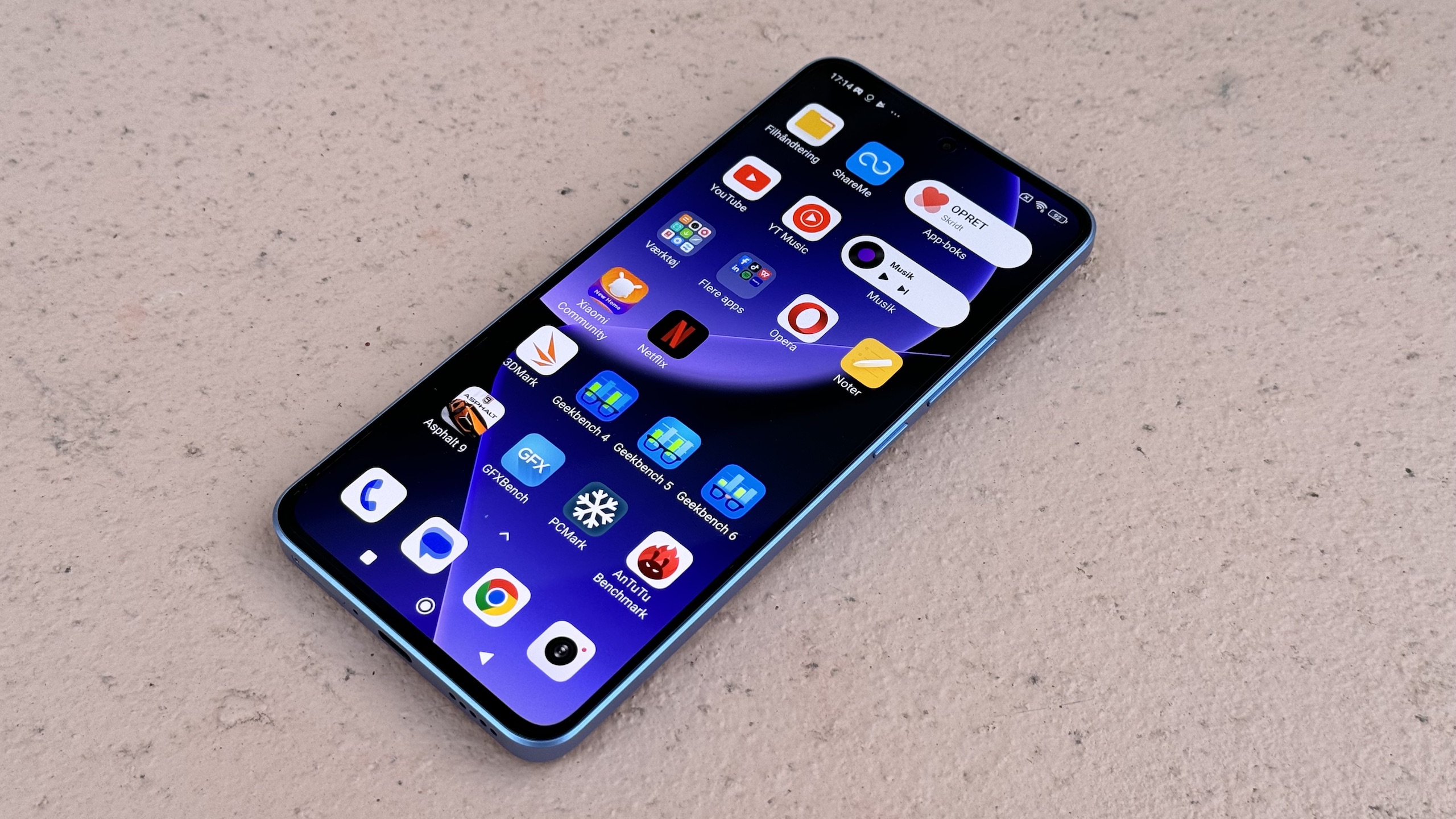
The brightness makes the display very usable in daylight – even when the sun is shining – and the black level is also excellent.
As for the sound, the Xiaomi 13T Pro is equipped with built-in stereo speakers that can play loud enough, although the audio is a bit on the tinny side. Fortunately, the phone supports both Dolby Atmos as well as aptX from Qualcomm, which optimises the sound when streaming wirelessly via Bluetooth.
Camera
As before, Xiaomi emphasises that the cameras are developed in cooperation with Leica and therefore have lenses from the German camera manufacturer. The main camera is 50 megapixels with a 24 mm focal length. The telephoto lens, also 50 megapixels, has a 50 mm focal length and therefore 2x optical zoom. The ultra-wide angle makes do with 12 megapixels, while the front camera is 20 megapixels.
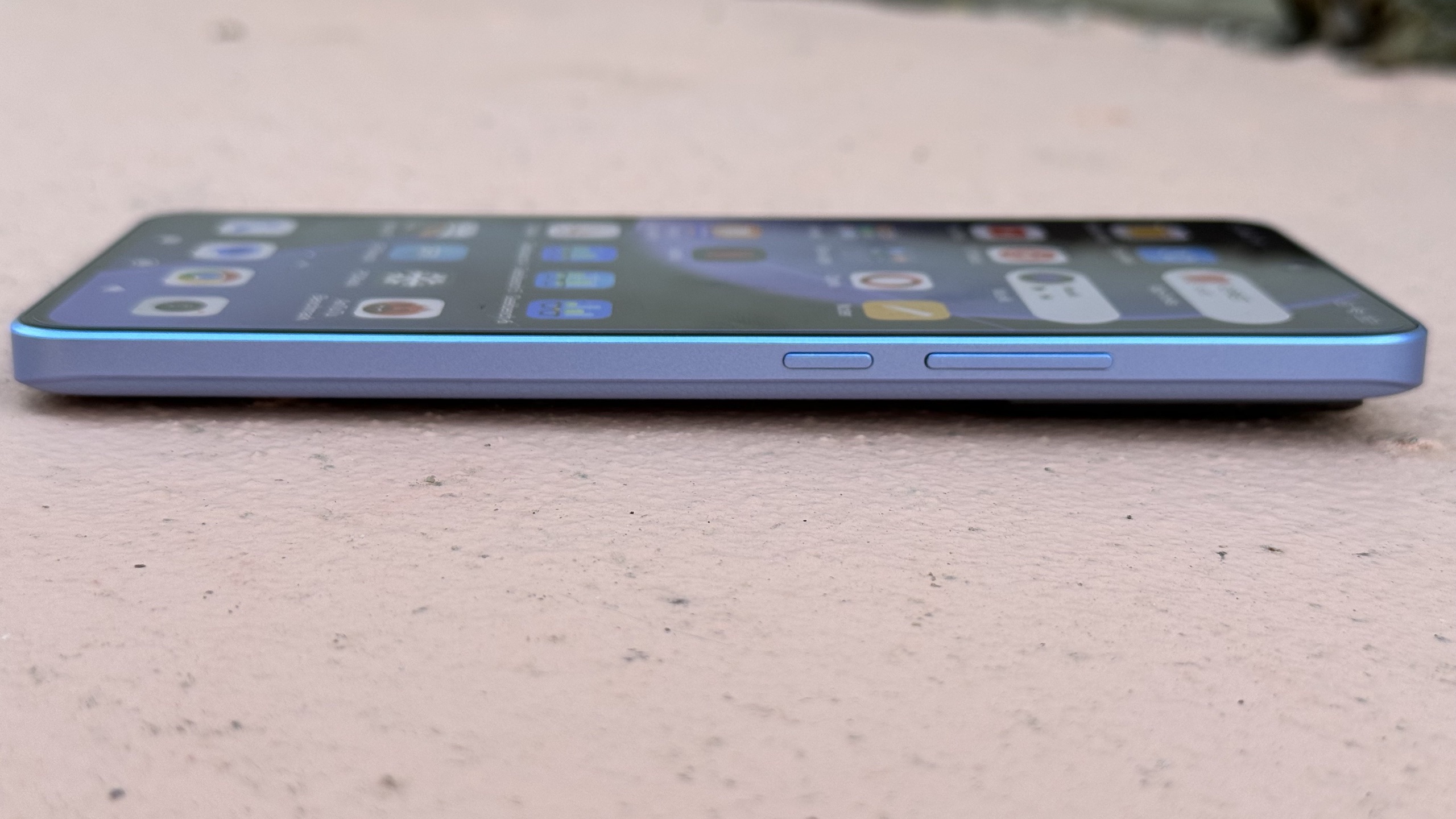
Just like the Xiaomi 13 Pro, the 13T Pro has special ‘Leica filters’ added to the camera software, allowing even amateurs to capture more unique images with atmosphere and soul. In addition, there are so-called ‘photographic styles’ that capture images with a special adjustment and preset of tone, tonality and texture. In the camera software, users can define their own photographic styles or simply choose between two presets, ‘Leice Vibrant’ or ‘Leica Authentic’, where the former is dynamic and lively, while the latter creates neutral images with natural colours. We’ve tried them both, as you can see in the sample images.
If you're a photo enthusiast and really care about your mobile camera, the Sony Xperia 1 V is a must-have.
Overall, the Xiaomi 13T Pro represents a step in the right direction for the Chinese, who were already on the right track with its predecessor. The collaboration with Leica has worked wonders for Xiaomi, and the 13T Pro is perhaps the best camera phone we’ve seen to date.
Performance and features
But as we all know, trees don’t grow into Heaven, and to keep the price down, the Chinese have abandoned the Snapdragon 8 Gen 2, which otherwise made the Xiaomi 13 Pro lightning fast. Instead, Xiaomi 13T Pro has to make do with a processor from MediaTek, namely Dimensity 9200+, which is admittedly the Taiwanese chip manufacturer’s top processor, but still can’t quite compete with Qualcomm’s best chip when we reach the higher air layers and the mobile phone is pushed to the maximum.
That said, the MediaTek Dimensity 9200+ performs absolutely satisfactorily, and unlike the Xiaomi 13 Pro, the 13T Pro does not overheat when playing heavy games or otherwise pushing the mobile phone. So while the MediaTek processor may be slightly behind the Snapdragon 8 Gen 2, it’s clearly better integrated with the mobile phone’s hardware and software, so the user experience ends up being better. This also applies to battery life, although the difference is not overwhelming. Incidentally, the Xiaomi 13T Pro has the same 120-watt fast charging as its predecessor, so it’s hard to run out of power if you’re near your charger even once a day. So it’s acceptable that the 13T Pro has to do without wireless charging.
Xiaomi has also cleaned up the many bloatware apps that marred its predecessor. Granted, there are still many of Xiaomi’s own apps installed when you start the mobile phone for the first time, and Xiaomi still thinks it is necessary to be absolutely, absolutely sure, so you have to wait 10 seconds before you are allowed to press ‘Ok’ in many of the menus. But overall, the user experience is cleaner and it seems that the Chinese manufacturer is finding the right balance between offering something unique and giving European users a familiar user interface.
Conclusion
Xiaomi has done a lot of things right and not a lot wrong with the Xiaomi 13T Pro. We criticised its predecessor, the Xiaomi 13 Pro, for a number of minor flaws, poor design decisions and a high price, but with the successor, the Chinese manufacturer has solved most of the problems and, not least, the price has become much more affordable.
The design has been optimised, the screen is brighter and has a faster refresh rate, and although performance drops slightly due to the switch from Snapdragon 8 Gen 2 to MediaTek Dimensity 9200+, the new processor seems to be better integrated into the phone to avoid overheating. The Xiaomi 13T Pro, on the other hand, has to do without wireless charging, but otherwise it offers the same 120 watts of fast charging as its predecessor.
Last but not least, the collaboration with Leica – thanks in part to inbuilt Leica filters and photographic styles – means that the camera gives users more options for capturing unique images.
Compared to its closest competitors in the price range from Motorola and OnePlus, the Xiaomi 13T Pro has absolutely nothing to be ashamed of.

We think
Bright AMOLED display with a 144 Hz refresh rate. Even better Leica camera than its predecessor. Good performance from the well-integrated MediaTek processor. Also 120 watts fast charging and IP68 certification. Comes in a textured vegan leather version that feels great in the hand. A great mobile phone for the money. The in-built speakers deliver a slightly too thin sound. It doesn't have wireless charging, and although this has certainly improved, there are still quite a few unnecessary apps installed on the mobile phone. The screen has to make do with Gorilla Glass 5 protection.
942 €
Specifications
- Operating system: Android 13 + MIUI 14
- Display: 6.67″ AMOLED 144 Hz, FHD+ (2,712 x 1,220), 446 ppi
- Processor: MediaTek Dimensity 9200+
- Memory: 12 GB RAM / 512 GB storage (UFS 4.0)
- Cameras: 50 Mp f/1.9 wide angle w. OIS + 12 Mp f/2.2 ultra wide angle + 50 Mp f/1.9 telemacro (primary) / 20 Mp f/2.2 (front)
- Wireless: 5G, Wi-Fi 7, Bluetooth 5.4, NFC, GPS (L1+L5), GLONASS, BeiDou, Galileo
- Dimensions and weight: 162.2 x 75.7 x 8.62 mm / 200 g
- Battery: 5,000 mAh, 120 W fast charging
- Web: mi.com
Benchmarks
- Geekbench 6: 1.566 (single-core) / 3.543 (multi-core)
- Geekbench 6 Compute: 7.744
- Geekbench 5: 1.462 (single-core) / 4.814 (multi-core)
- Geekbench 5 Compute: 9.442
- AnTuTu 10: 1.462.352
- GFXBench 5.0 T-Rex: 3.374
- 3DMark Wild Life Extreme: 2.910
- 3DMark Solar Bay unlimited: 5.069
- PCMark Work 3.0: 15.976
- Basemark Web 3.0: 680,01
- Batteritest: 8:21 hours
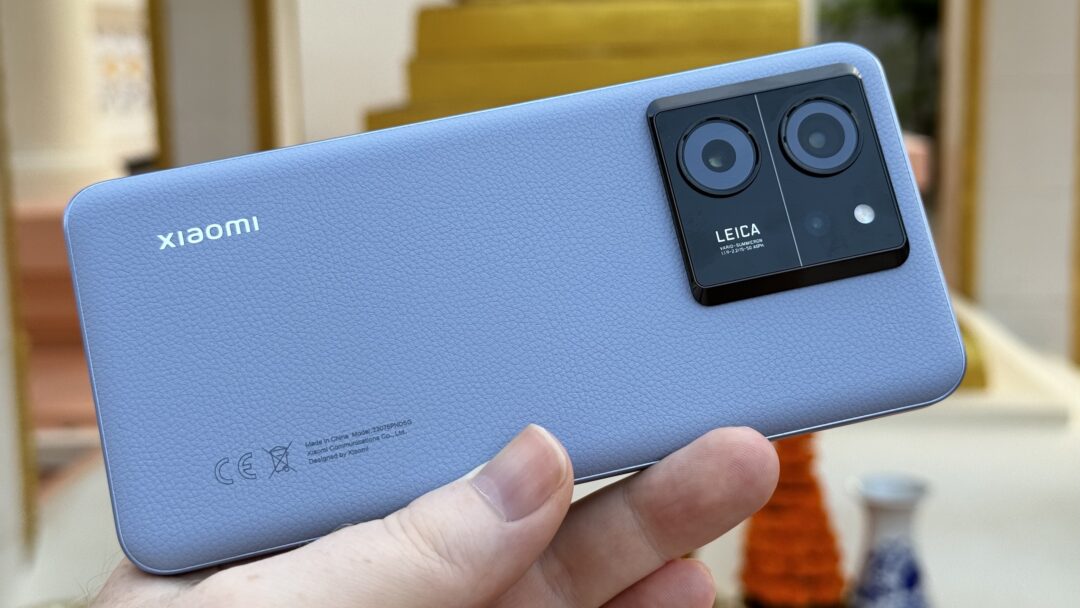










Recently I bought Xiaomi T13 Pro, my experience with this model are the battery cannot last even 18 hours and the GPS not functioning well.